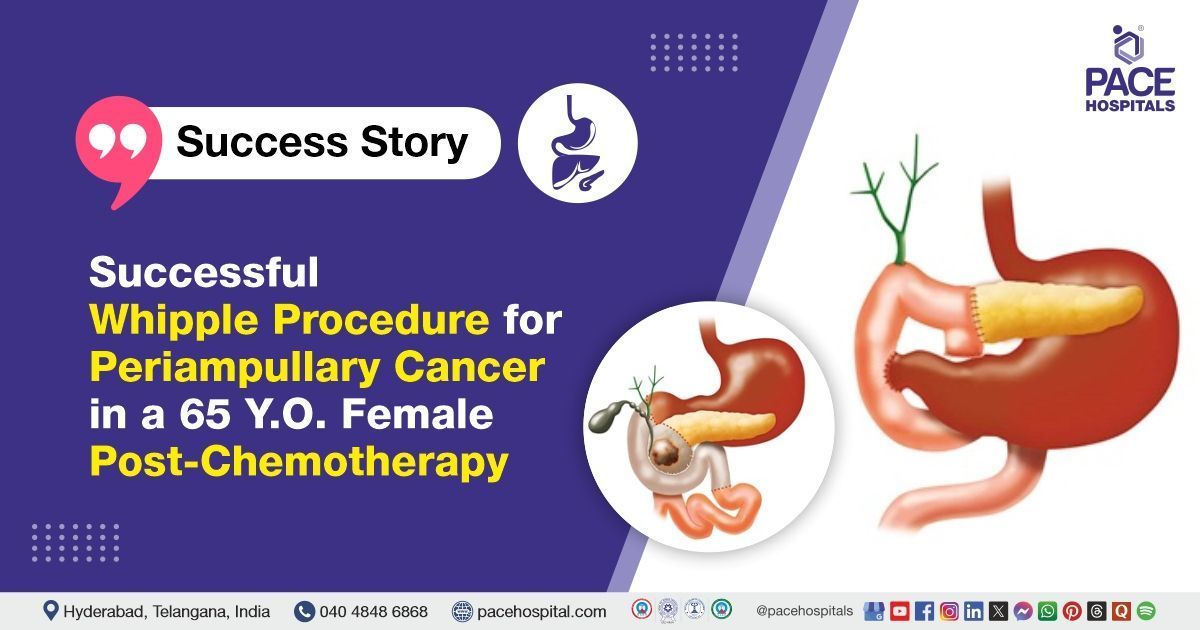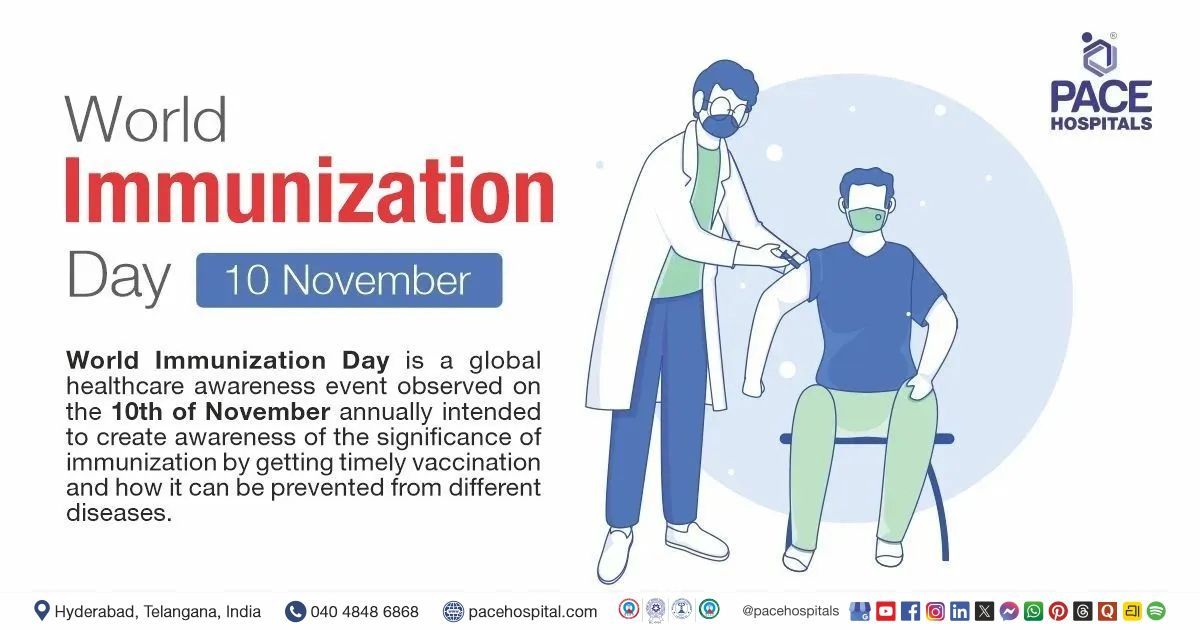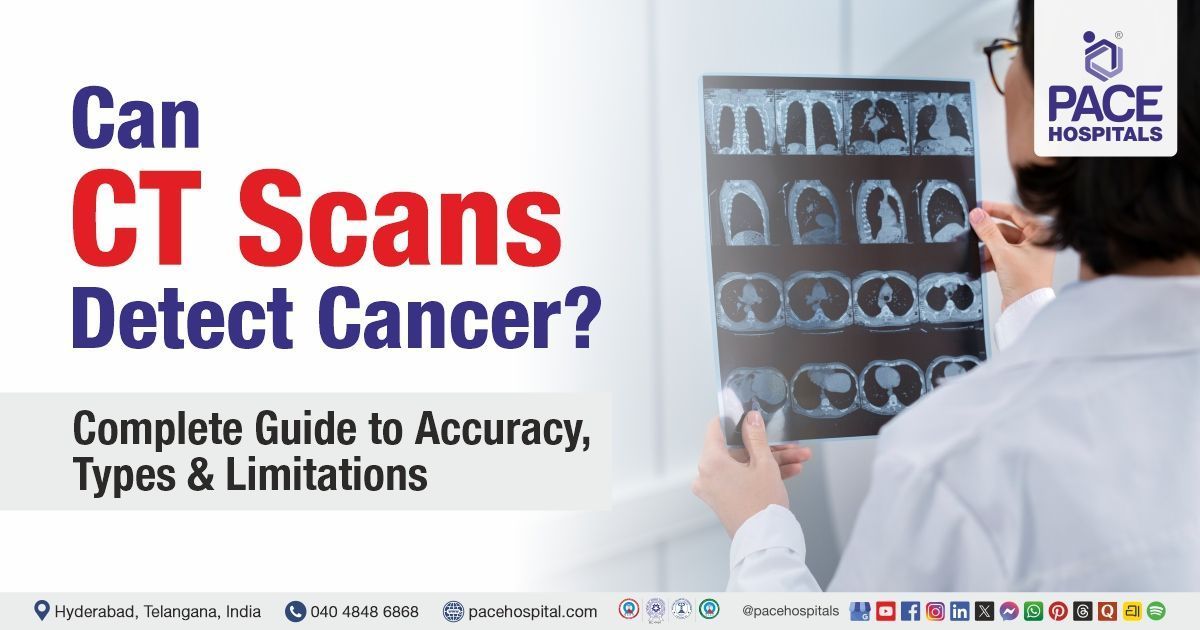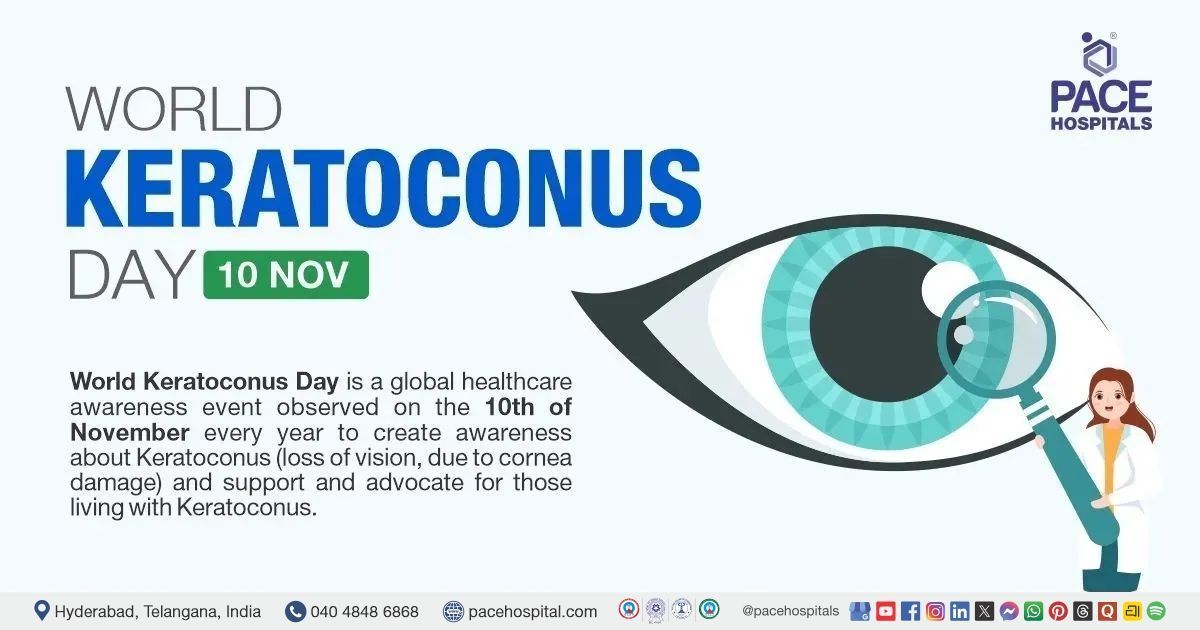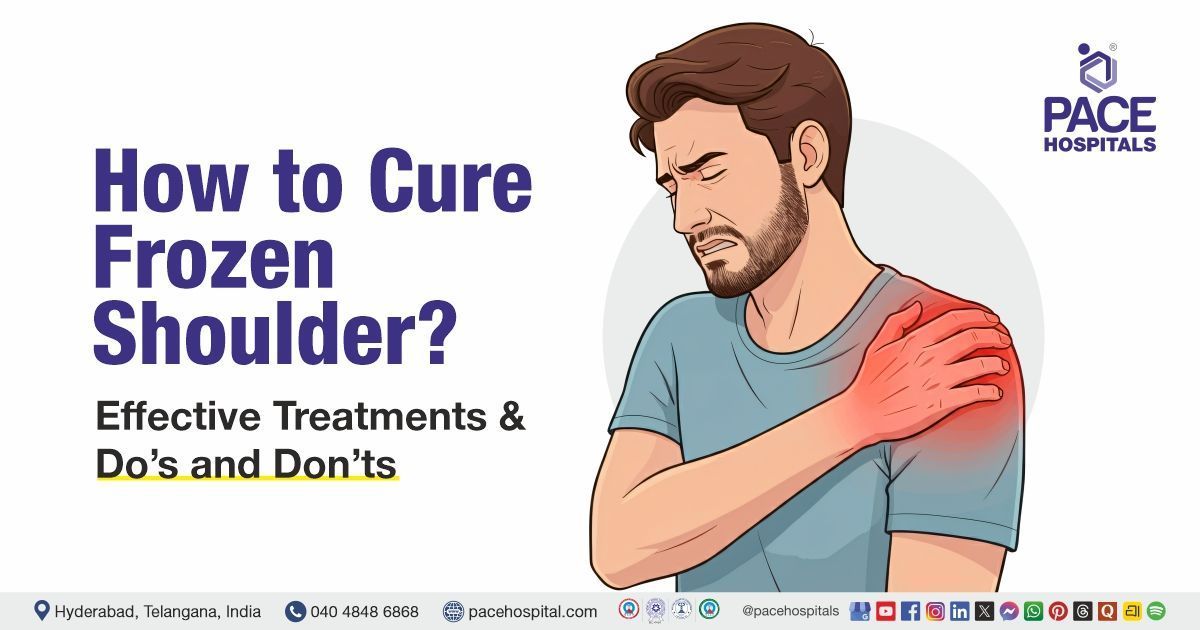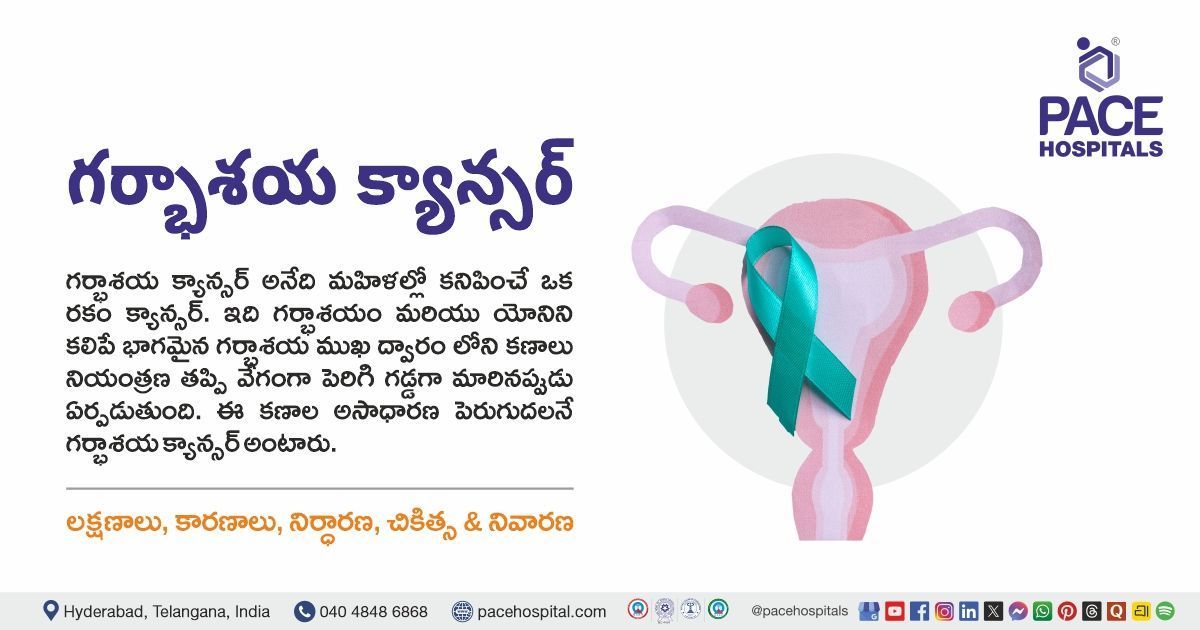Successful Whipple Procedure for Periampullary Cancer in a 65 Y.O. Female Post-Chemotherapy
PACE Hospitals
PACE Hospitals' expert Surgical Gastroenterology team successfully performed a Whipple’s Procedure (pancreaticoduodenectomy) on a 65-year-old female patient diagnosed with periampullary carcinoma. The surgery was undertaken to reduce symptoms associated with the condition and to facilitate smoother functional recovery, ultimately aiming to improve the patient’s overall quality of life.
Chief Complaints
A 65-year-old female patient with a
body mass index (BMI) of 22 presented to the Surgical Gastroenterology Department at
PACE Hospitals, Hitech City, Hyderabad, with a known diagnosis of periampullary adenocarcinoma. She had come for further evaluation and management of her condition.
Past Medical History
The patient was a known case of periampullary adenocarcinoma. She had a history of an ampullary mass diagnosed two years ago but was lost to follow-up for one year. She later presented for further management and underwent a palliative duodenojejunostomy in the past due to suspicious liver lesions. Furthermore, she subsequently received six cycles of
chemotherapy. Follow-up PET-CT showed significant lesion reduction with no FDG uptake, and her CA 19–9 levels had decreased to 140 IU/mL.
On Examination
Upon admission to PACE Hospitals, the patient was conscious, oriented, and in a fair general condition. Vital signs were stable. Abdominal examination revealed a healed surgical scar in the upper abdomen consistent with a previous duodenojejunostomy. The abdomen was soft and non-distended, with mild tenderness in the right upper quadrant. There was no palpable mass or hepatosplenomegaly, and bowel sounds were present and normal. No peripheral lymphadenopathy was detected. Cardiovascular, respiratory, and neurological examinations were within normal limits.
Diagnosis
Upon admission, the patient underwent a comprehensive clinical evaluation, along with a detailed review of her prior medical records and diagnostic reports by the surgical Gastroenterology team.
To support clinical findings, laboratory examinations, ultrasound imaging, CT scans, and MRI were performed, confirming the diagnosis of periampullary adenocarcinoma. Endoscopic ultrasound (EUS) was also utilized for biopsy. These radiographic findings correlated with the patient’s history and confirmed the provisional diagnosis, guiding the team toward planning appropriate surgical intervention.
Based on the confirmed diagnosis, the patient was advised to undergo
Periampullary carcinoma Treatment in Hyderabad, India, under the expert care of the surgical Gastroenterology Department.
Medical Decision Making (MDM)
After consulting with Dr. Suresh Kumar, a surgical gastroenterologist, in collaboration with Dr. Tripti Sharma, an Endocrinologist (Adult & Paediatric), & Diabetologist. A comprehensive evaluation was carried out to determine the most appropriate diagnostic and therapeutic approach for the patient. Based on their expert assessment, it was concluded that Whipple Pancreaticoduodenectomy would be the most effective procedure to address the patient’s condition.
The patient and her family were thoroughly counselled regarding the nature of the condition, the surgical procedure, potential risks, and the necessity of Pancreaticoduodenectomy to restore function and promote optimal recovery.
Surgical Procedure
Following the decision, the patient was scheduled to undergo Whipple procedure (Pancreaticoduodenectomy) in Hyderabad at PACE Hospitals under the expert supervision of the surgical gastroenterology Department.
Before the surgery, informed consent was obtained after a thorough explanation of the procedure and associated risks, ensuring the patient and her family understood the surgical process. The procedure was performed in the following steps:
- Abdominal Exploration and Assessment: The abdomen was explored thoroughly. No ascites, peritoneal or omental deposits were found. The liver appeared grossly normal. Large, calcified lymph nodes were noted in the retro pancreatic and mesenteric areas. The previously created duodenojejunostomy was identified and left undisturbed.
- Lymphadenectomy and Vascular Control: Hepatic duodenal ligament lymphadenectomy was performed to remove regional lymph nodes. The gastroduodenal artery was visualized, ligated, and divided safely.
- Resection Phase: The duodenum was resected distal to the previous DJ anastomosis. The surgical specimen, including the pancreatic head, duodenum, distal bile duct, and associated nodes, was removed en bloc. The jejunum was transected 20–30 cm from the duodenojejunal flexure (DJ flexure) to facilitate reconstruction.
- Reconstruction Phase: A Roux-en-Y limb was created. Pancreaticojejunostomy was performed using the Modified Blumgart technique with 5-0 Prolene. Hepaticojejunostomy was constructed using 4-0 Vicryl (posterior layer with continuous sutures, anterior in interrupted fashion).
- Restoration of Bowel Continuity: A jejunojejunostomy was performed to complete the reconstruction. Hemostasis was achieved, and the operating field was clean with no immediate complications.
Postoperative Care
The procedure was uneventful, and the patient’s post-operative recovery was satisfactory. During her hospital stay, she was managed with intravenous (IV) fluids, IV octapeptides, IV antibiotics, and other supportive medications. She was started on a liquid diet on post-operative day (POD) 3, which was gradually advanced to a soft diet by POD 5. At the time of discharge, she was hemodynamically stable and was discharged with the following instructions.
Discharge Medication
Upon discharge, the patient was prescribed a combination of medications tailored to her post-operative condition. These included prokinetic agents to support gastrointestinal motility, proton pump inhibitors to reduce gastric acid secretion and promote mucosal healing, and anticoagulants to prevent post-surgical thromboembolic events.
Additionally, she was prescribed mineral supplements to aid in nutritional recovery, antidiabetic medications to manage blood glucose levels during the recovery phase, and laxatives to prevent post-operative constipation.
Advice on Discharge
The patient was advised to follow proper wound care instructions. Additionally, her diet was recommended according to the dietician assessment, tailored to meet her nutritional needs and support her recovery.
Emergency Care
The patient was informed to contact the emergency ward at PACE Hospitals in case of any emergency or development of symptoms like fever, abdominal pain, or vomiting.
Review and Follow-up
The patient was advised to return for a follow-up visit with a Surgical gastroenterologist in Hyderabad at PACE Hospitals after 5 days withaHistopathological Examination (HPE) report. This visit will include a comprehensive evaluation, wound assessment, and monitoring of postoperative recovery.
Conclusion
This case highlights the successful management of periampullary carcinoma with the Whipple procedure (pancreaticoduodenectomy), which led to significant symptom relief, an uncomplicated postoperative course, and a faster recovery with minimal complications.
The Role of Endoscopic Ultrasound (EUS) in Periampullary Carcinoma Diagnosis
Endoscopic Ultrasound (EUS) is a highly valuable diagnostic tool in the evaluation of periampullary carcinoma. It combines endoscopy and ultrasound to provide detailed, high-resolution images of the pancreas, bile ducts, and surrounding structures. EUS allows precise assessment of tumor size, depth of invasion, and involvement of nearby lymph nodes. Importantly, it enables guided fine-needle aspiration (FNA) biopsy, providing tissue samples for definitive histopathological diagnosis. A surgical gastroenterologist / surgical gastroenterology doctor often relies on EUS findings to plan the most appropriate surgical approach, making it essential for accurate staging and effective treatment planning, ultimately improving patient outcomes.
Share on
Request an appointment
Fill in the appointment form or call us instantly to book a confirmed appointment with our super specialist at 04048486868

